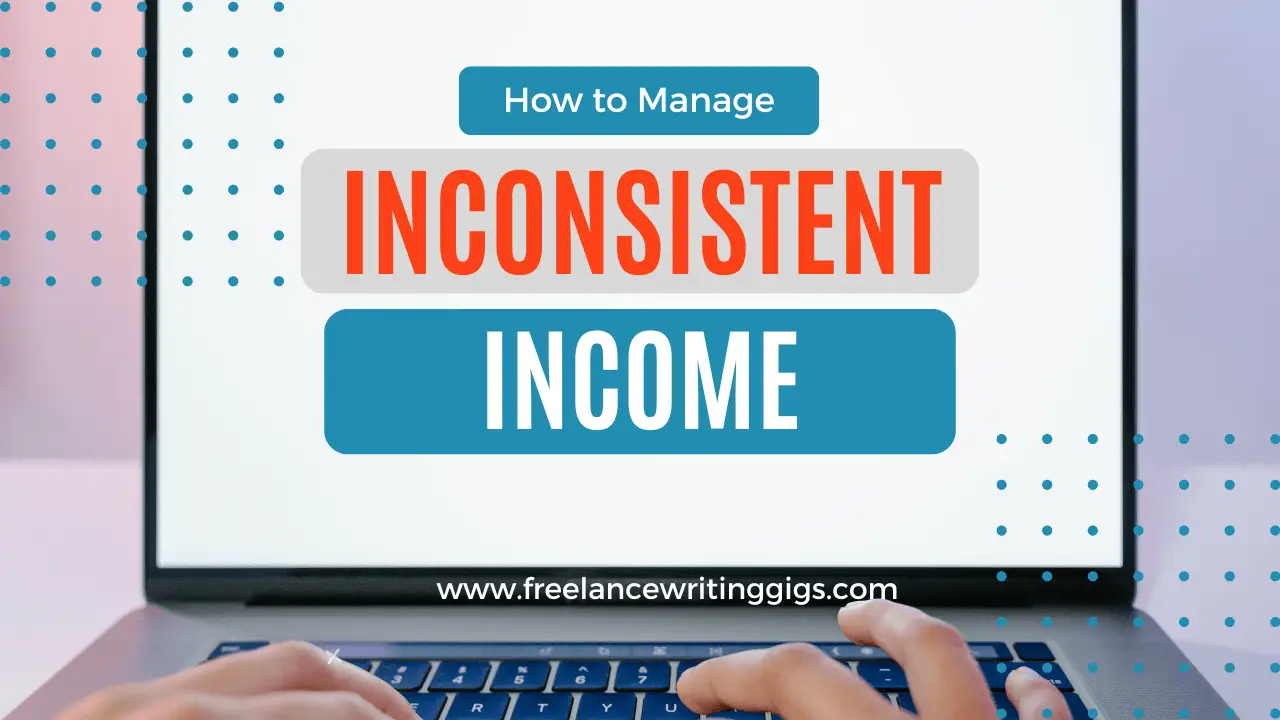How to know when to coach or cut a struggling employee
Letting go of a struggling employee or deciding to coach them is one of the toughest calls a leader has to make. It’s rarely a black-and-white decision, and the stakes are high—not just for the individual but for the whole team and company. Every leader faces this dilemma multiple times in their career, and making a fair, timely decision isn’t always easy. That’s why I created the CORVETT framework—a simple, structured set of questions designed to cut through the noise and help leaders make these tough calls with clarity and intention. Instead of reacting emotionally or making hasty decisions, this approach ensures consistency and fairness. I also teach this framework in my course at Stanford Graduate School of Business, where students tackle some of the biggest challenges in scaling companies. Breaking down the CORVETT framework The CORVETT framework is a guide to help leaders evaluate whether an employee can be successfully coached or whether it’s time to let them go. Here’s how it works: Ask yourself the following set of questions. If you can say “yes” to most of these, it’s a signal to invest in coaching someone. If not, it is likely the right time to part ways. C – Contrition: Does the person recognize that what they’ve done (or not done) is a problem and are they willing to change? People who don’t acknowledge an issue are unlikely to commit to improvement. Without this foundation, coaching simply won’t work. O – Ownership: Will they take responsibility for owning their performance? Even if they need support, which is often the case, it’s important that the person feels a sense of ownership for their development path. R – Repetition: Have they been able to address this issue before? Or are they stuck in a cycle of repeating the same mistakes or bad behavior? Persistent patterns often indicate deeper challenges in learning or adaptability. V – Values: Do their core values align with those of the team and company? While skills can be coached, values are deeply ingrained. A misalignment here is often a sign that the partnership isn’t sustainable. E – Expectations: Did I, as a leader, set clear and measurable expectations? Have I given them the tools and support they need to succeed? Sometimes the failure isn’t on the employee—it’s on us as leaders. Setting crystal-clear expectations is critical, and if you haven’t done this yet, it’s time to reset. T – Talents: Does this role align with their natural strengths and talents? Sometimes, it’s not about performance; it’s about fit. Reassigning someone to a role that better matches their abilities can often transform a struggling employee into a star performer. T – Timing: Can this wait, or is immediate action required? Some situations demand urgent results, leaving little room for extended coaching timelines. Other times, patience can yield tremendous long-term benefits. Again, if you can confidently say “yes” to most of these questions, it’s likely worth investing in coaching. If not, it is probably time to let the employee go. If “cut,” avoid procrastination One of the most common mistakes leaders make is delaying tough decisions. Many hold out hope that things will improve on their own, or avoid confrontation because it feels uncomfortable. However, procrastination benefits no one. It delays the individual’s growth or transition and often causes ripple effects that impact the entire team. Timely, intentional decisions are in everyone’s best interest. Employees deserve clarity about their future, and teams need colleagues who can meet a high bar and leaders who address challenges head-on. If “coach,” think broadly about solutions If your decision is to coach an employee to deliver stronger performance, first make sure you start with the “E” in CORVETT, and set crystal-clear expectations for what success will look like in the process. The worst thing a leader can do is keep someone onboard and not give them clear direction about how to improve. Take the time to express exactly how you will measure whether they pass the bar for performance. If you decide to invest in coaching an employee, think beyond traditional approaches to accelerate their growth and impact. While direct coaching or hiring an executive coach are good options, they often take significant time and/or funds that not every company will have available. Today companies of all sizes are also scaling coaching through AI tools for their employees, like aRTi, the personalized AI leadership coach we offer at Rising Team. These tools provide 24/7, ongoing guidance and can complement any other coaching they receive. They’re an efficient way to give employees personalized support and actionable insights exactly when they need it. By offering these kinds of resources, you can help employees grow faster, make more informed decisions, and deliver strong performance, both for those that need coaching, and for your existing strong performers, to

Letting go of a struggling employee or deciding to coach them is one of the toughest calls a leader has to make. It’s rarely a black-and-white decision, and the stakes are high—not just for the individual but for the whole team and company.
Every leader faces this dilemma multiple times in their career, and making a fair, timely decision isn’t always easy. That’s why I created the CORVETT framework—a simple, structured set of questions designed to cut through the noise and help leaders make these tough calls with clarity and intention. Instead of reacting emotionally or making hasty decisions, this approach ensures consistency and fairness.
I also teach this framework in my course at Stanford Graduate School of Business, where students tackle some of the biggest challenges in scaling companies.
Breaking down the CORVETT framework
The CORVETT framework is a guide to help leaders evaluate whether an employee can be successfully coached or whether it’s time to let them go. Here’s how it works:
Ask yourself the following set of questions. If you can say “yes” to most of these, it’s a signal to invest in coaching someone. If not, it is likely the right time to part ways.
C – Contrition: Does the person recognize that what they’ve done (or not done) is a problem and are they willing to change? People who don’t acknowledge an issue are unlikely to commit to improvement. Without this foundation, coaching simply won’t work.
O – Ownership: Will they take responsibility for owning their performance? Even if they need support, which is often the case, it’s important that the person feels a sense of ownership for their development path.
R – Repetition: Have they been able to address this issue before? Or are they stuck in a cycle of repeating the same mistakes or bad behavior? Persistent patterns often indicate deeper challenges in learning or adaptability.
V – Values: Do their core values align with those of the team and company? While skills can be coached, values are deeply ingrained. A misalignment here is often a sign that the partnership isn’t sustainable.
E – Expectations: Did I, as a leader, set clear and measurable expectations? Have I given them the tools and support they need to succeed? Sometimes the failure isn’t on the employee—it’s on us as leaders. Setting crystal-clear expectations is critical, and if you haven’t done this yet, it’s time to reset.
T – Talents: Does this role align with their natural strengths and talents? Sometimes, it’s not about performance; it’s about fit. Reassigning someone to a role that better matches their abilities can often transform a struggling employee into a star performer.
T – Timing: Can this wait, or is immediate action required? Some situations demand urgent results, leaving little room for extended coaching timelines. Other times, patience can yield tremendous long-term benefits.
Again, if you can confidently say “yes” to most of these questions, it’s likely worth investing in coaching. If not, it is probably time to let the employee go.
If “cut,” avoid procrastination
One of the most common mistakes leaders make is delaying tough decisions. Many hold out hope that things will improve on their own, or avoid confrontation because it feels uncomfortable. However, procrastination benefits no one. It delays the individual’s growth or transition and often causes ripple effects that impact the entire team.
Timely, intentional decisions are in everyone’s best interest. Employees deserve clarity about their future, and teams need colleagues who can meet a high bar and leaders who address challenges head-on.
If “coach,” think broadly about solutions
If your decision is to coach an employee to deliver stronger performance, first make sure you start with the “E” in CORVETT, and set crystal-clear expectations for what success will look like in the process. The worst thing a leader can do is keep someone onboard and not give them clear direction about how to improve. Take the time to express exactly how you will measure whether they pass the bar for performance.
If you decide to invest in coaching an employee, think beyond traditional approaches to accelerate their growth and impact. While direct coaching or hiring an executive coach are good options, they often take significant time and/or funds that not every company will have available.
Today companies of all sizes are also scaling coaching through AI tools for their employees, like aRTi, the personalized AI leadership coach we offer at Rising Team. These tools provide 24/7, ongoing guidance and can complement any other coaching they receive. They’re an efficient way to give employees personalized support and actionable insights exactly when they need it.
By offering these kinds of resources, you can help employees grow faster, make more informed decisions, and deliver strong performance, both for those that need coaching, and for your existing strong performers, too.
Try using CORVETT For self-reflection
The CORVETT framework isn’t just for managers. It can also be a valuable tool for individual contributors looking to assess their own performance and alignment. Ask yourself:
● Am I taking ownership of my development?
● Have I sought clarity on expectations from my manager?
● Does my role align with my natural strengths and values?
By reflecting on these questions, employees can identify areas for improvement and take proactive steps to ensure their own success.
Make confident, fair leadership decisions
The CORVETT framework offers a practical, unbiased guide to one of the toughest decisions leaders face: whether to coach someone or let them go. When those first doubts arise—Can this person improve? Should they stay?—pause and turn to this framework. Resist acting on emotion or delaying the decision; instead, use CORVETT to lead with clarity and consistency.
With the right tools, you can confidently navigate these decisions, strengthen your team, and foster a strong culture of accountability and growth.


















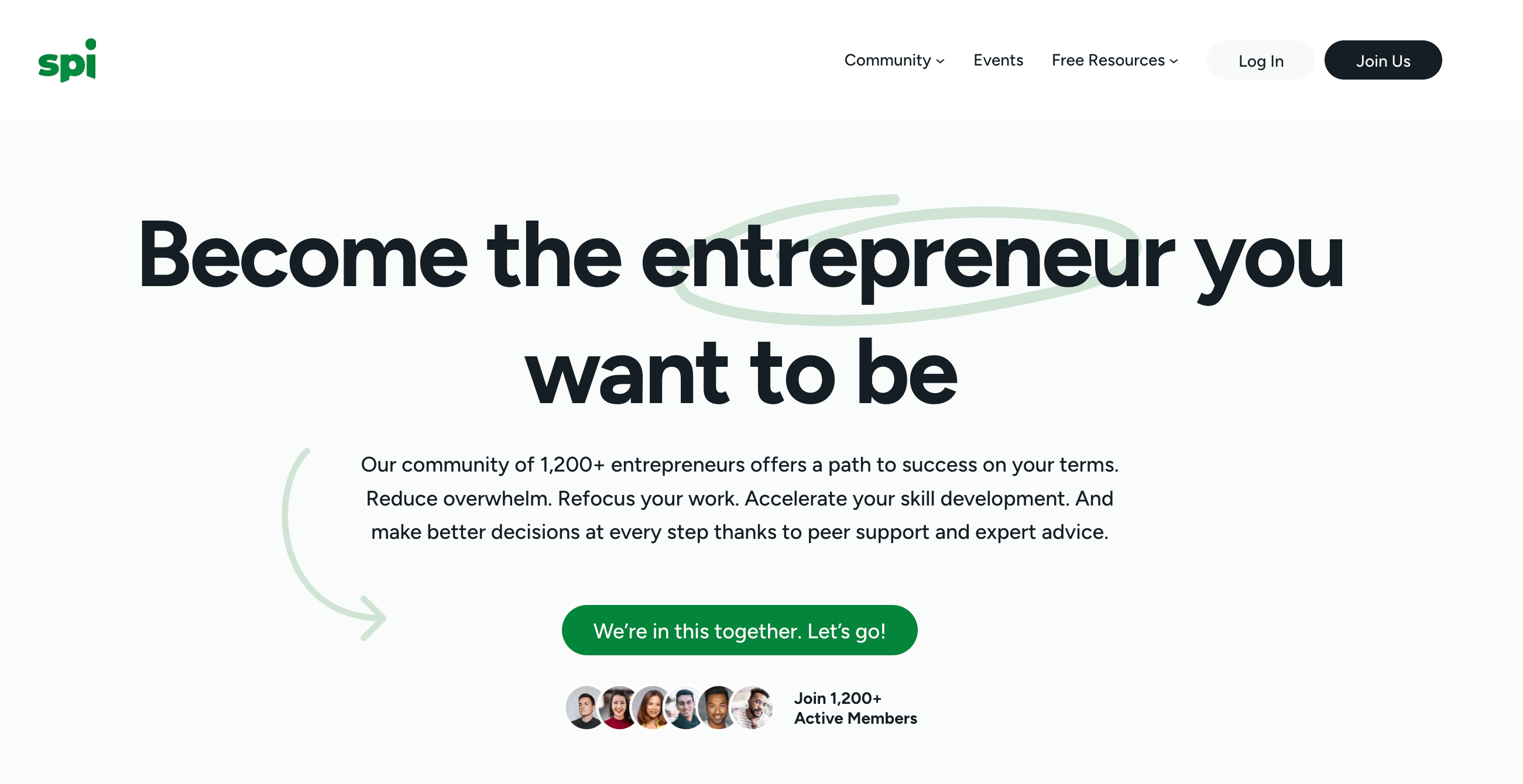









































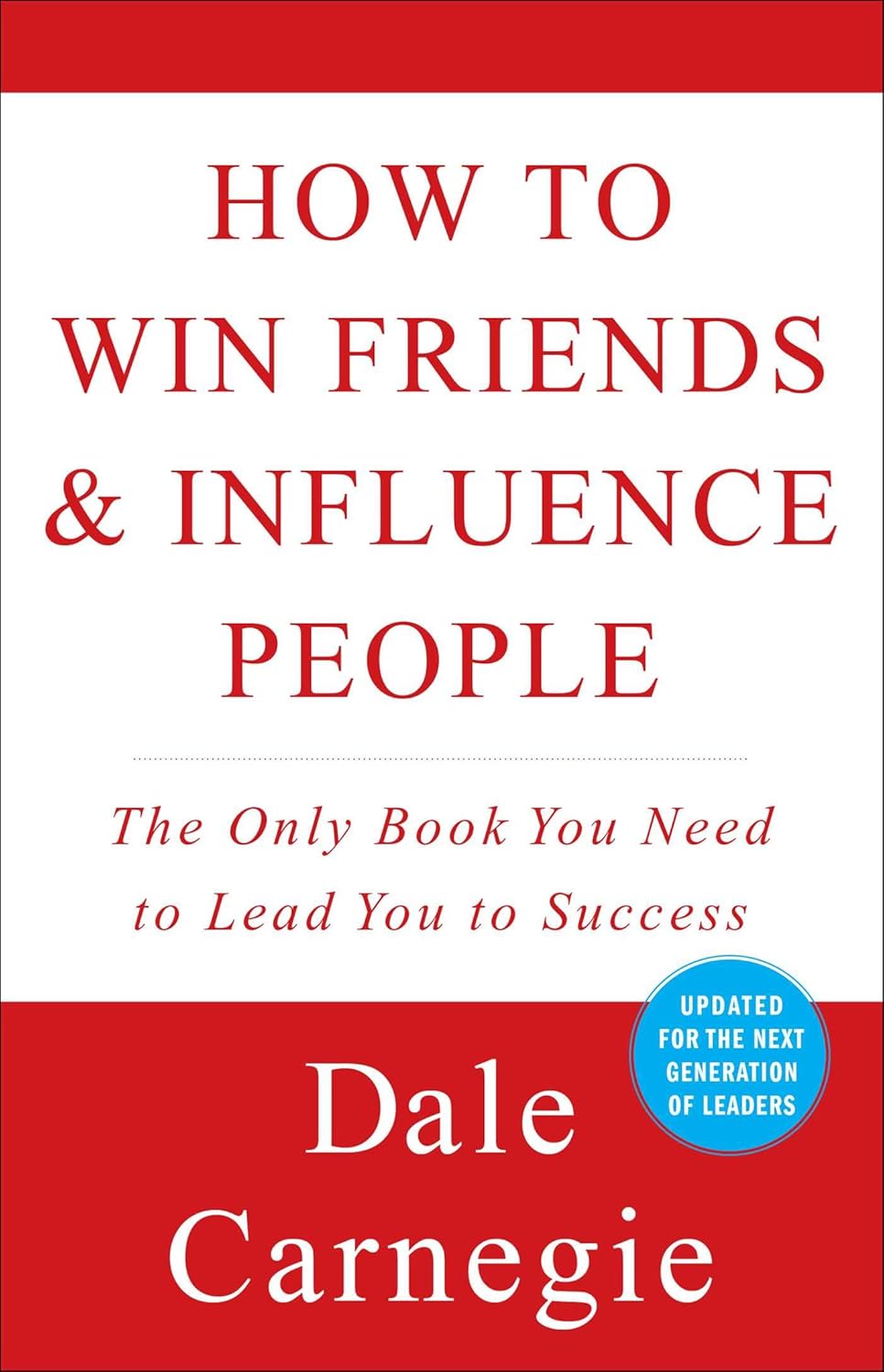
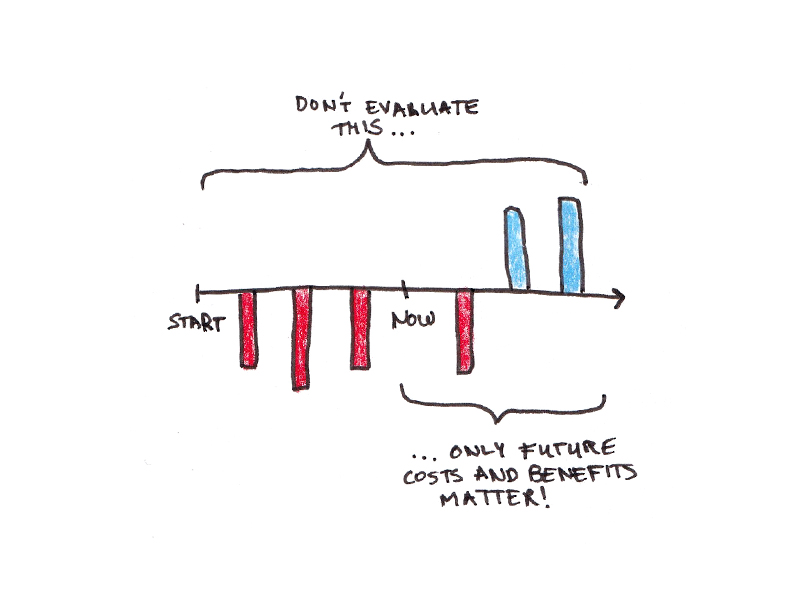









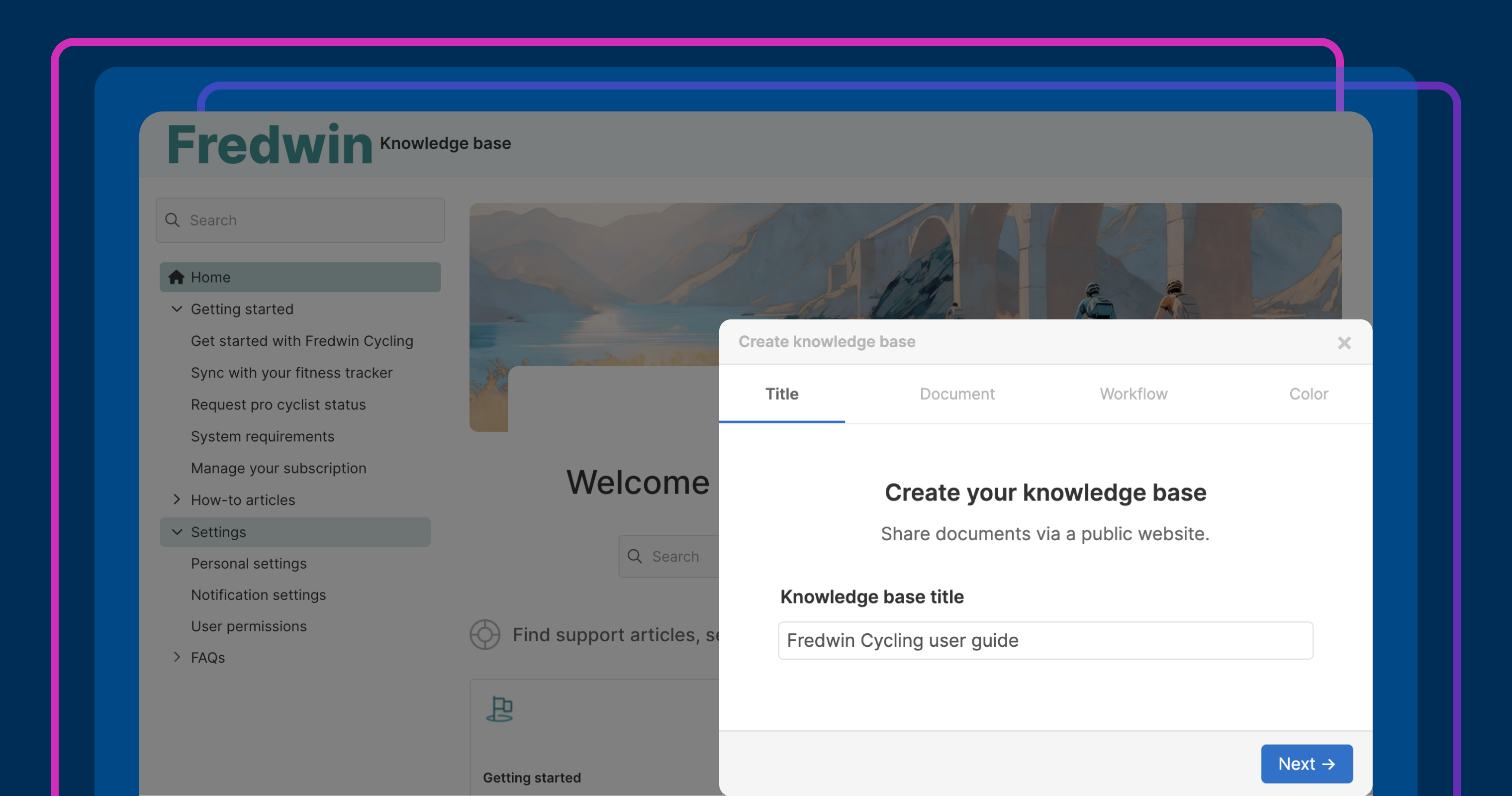

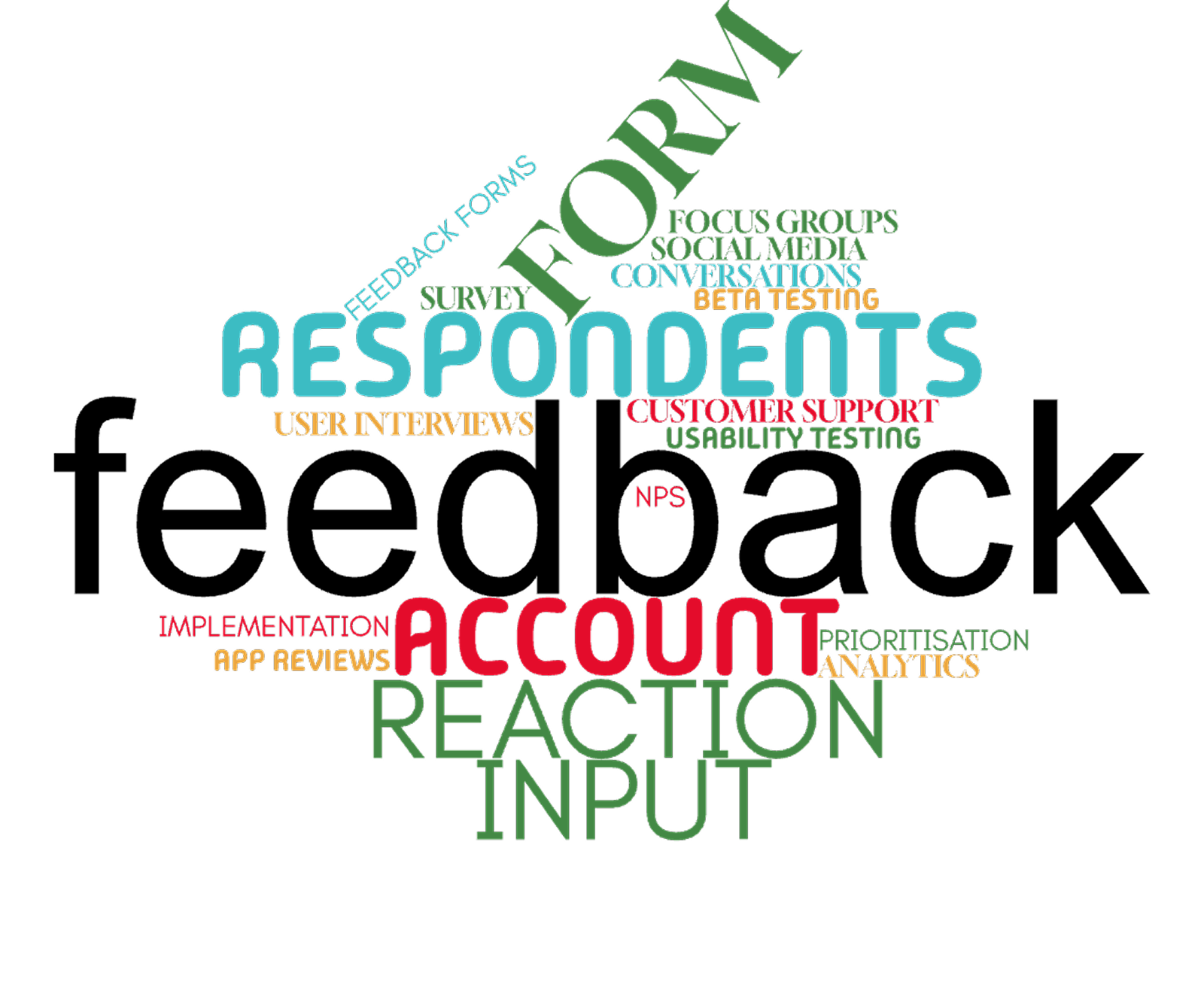
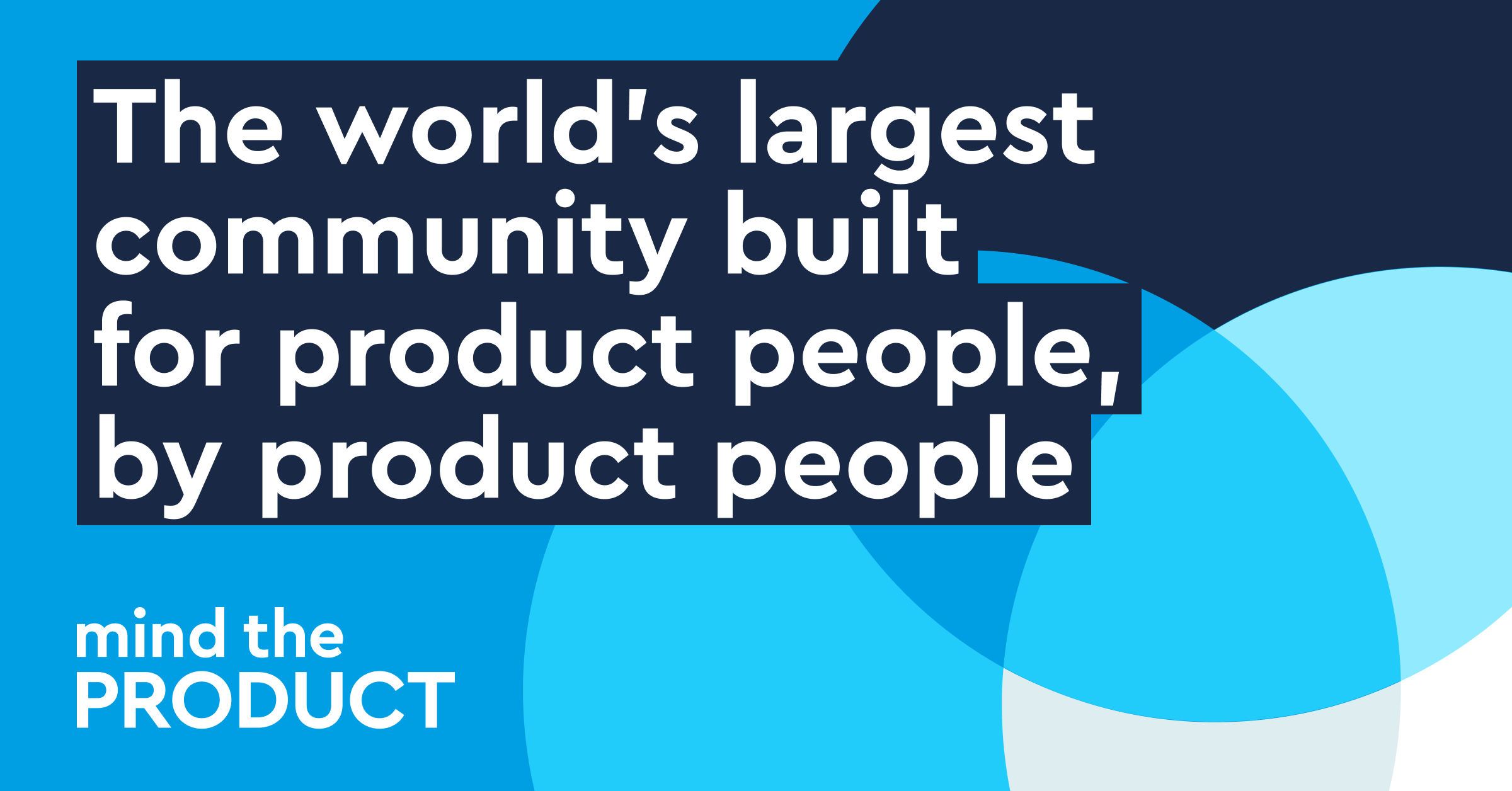
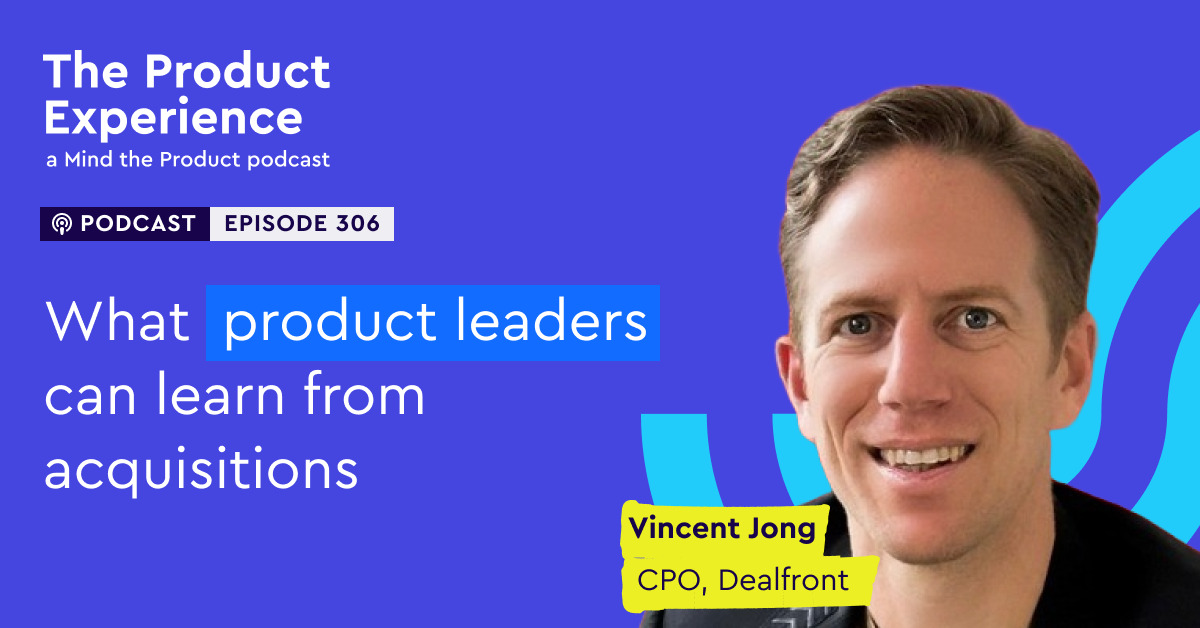


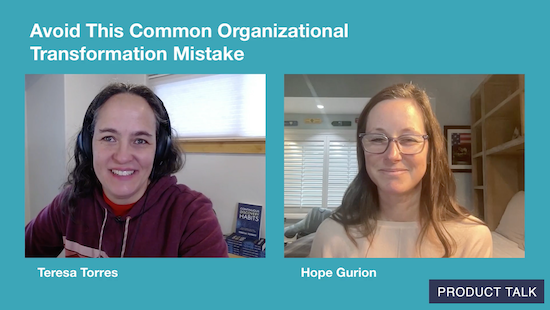
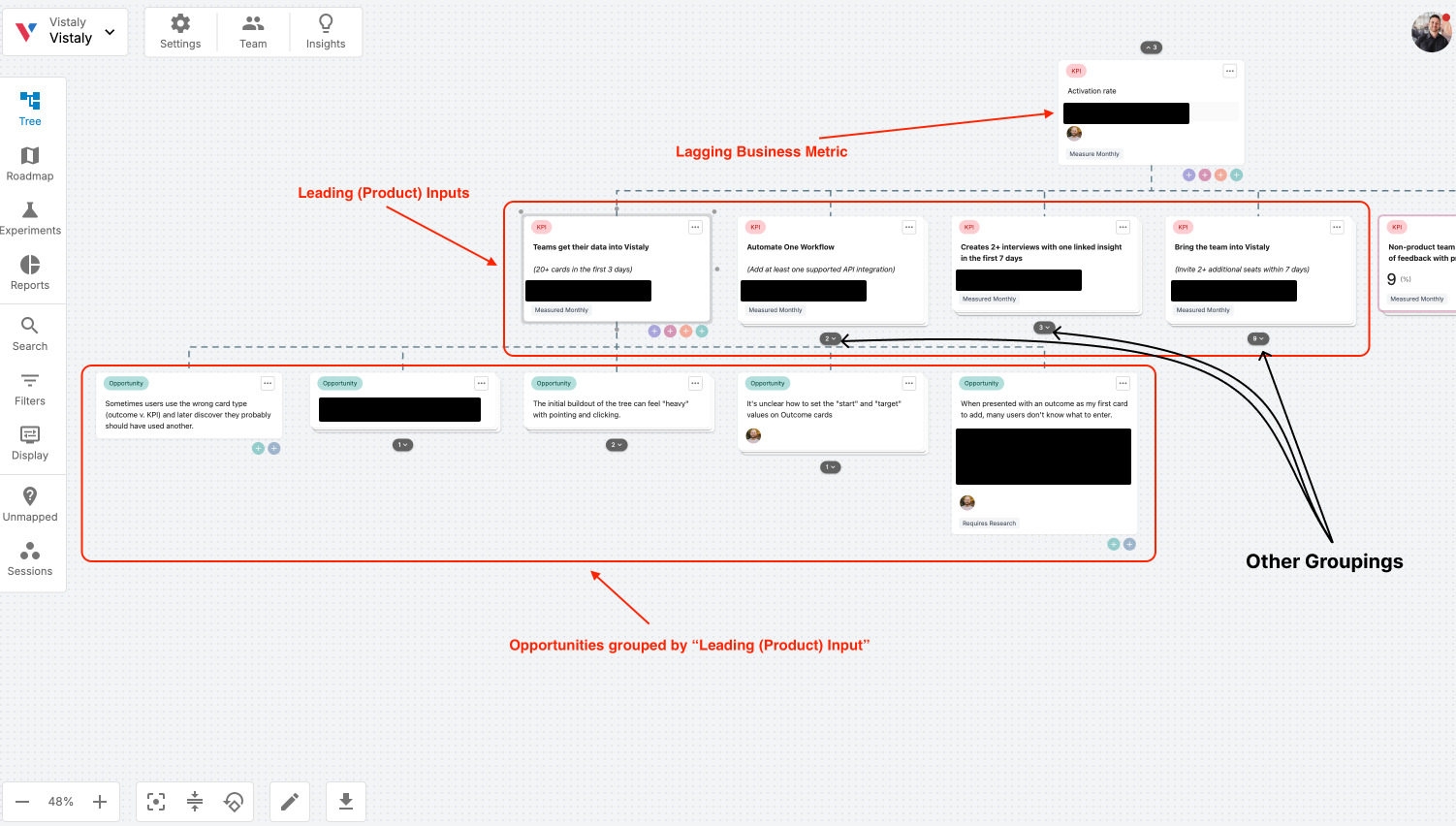
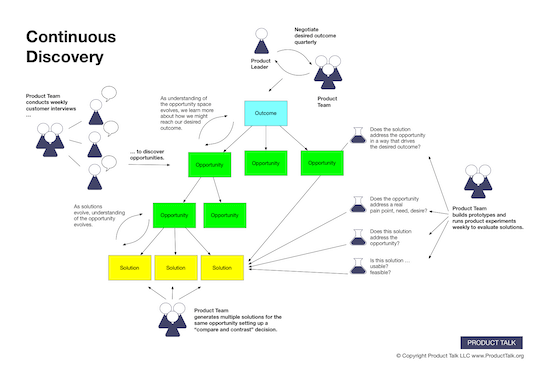
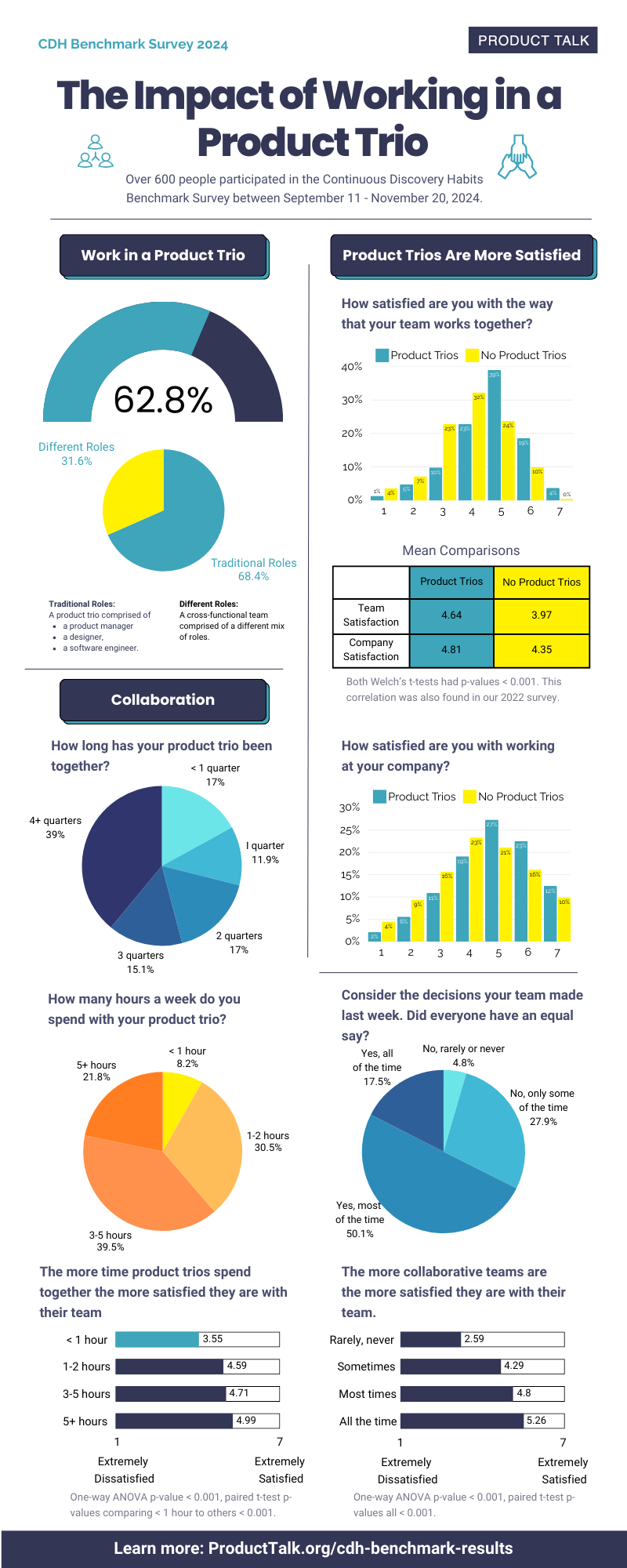
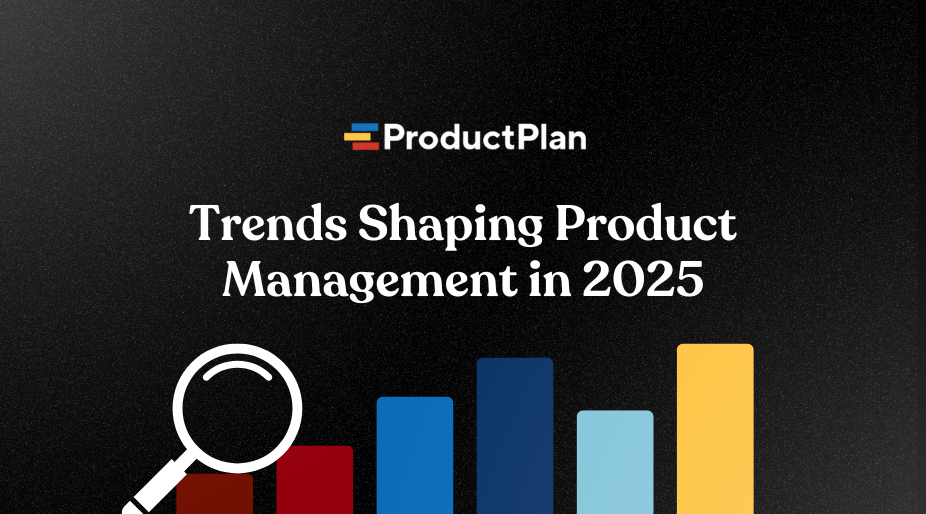


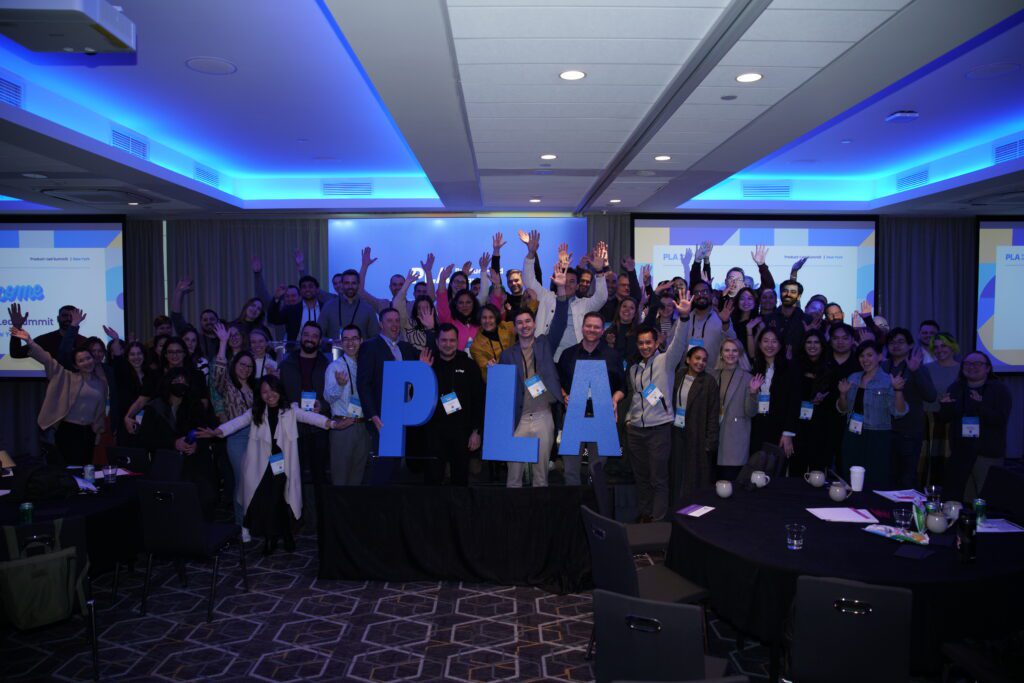







![How One Brand Solved the Marketing Attribution Puzzle [Video]](https://contentmarketinginstitute.com/wp-content/uploads/2025/03/marketing-attribution-model-600x338.png?#)

![Building A Digital PR Strategy: 10 Essential Steps for Beginners [With Examples]](https://buzzsumo.com/wp-content/uploads/2023/09/Building-A-Digital-PR-Strategy-10-Essential-Steps-for-Beginners-With-Examples-bblog-masthead.jpg)

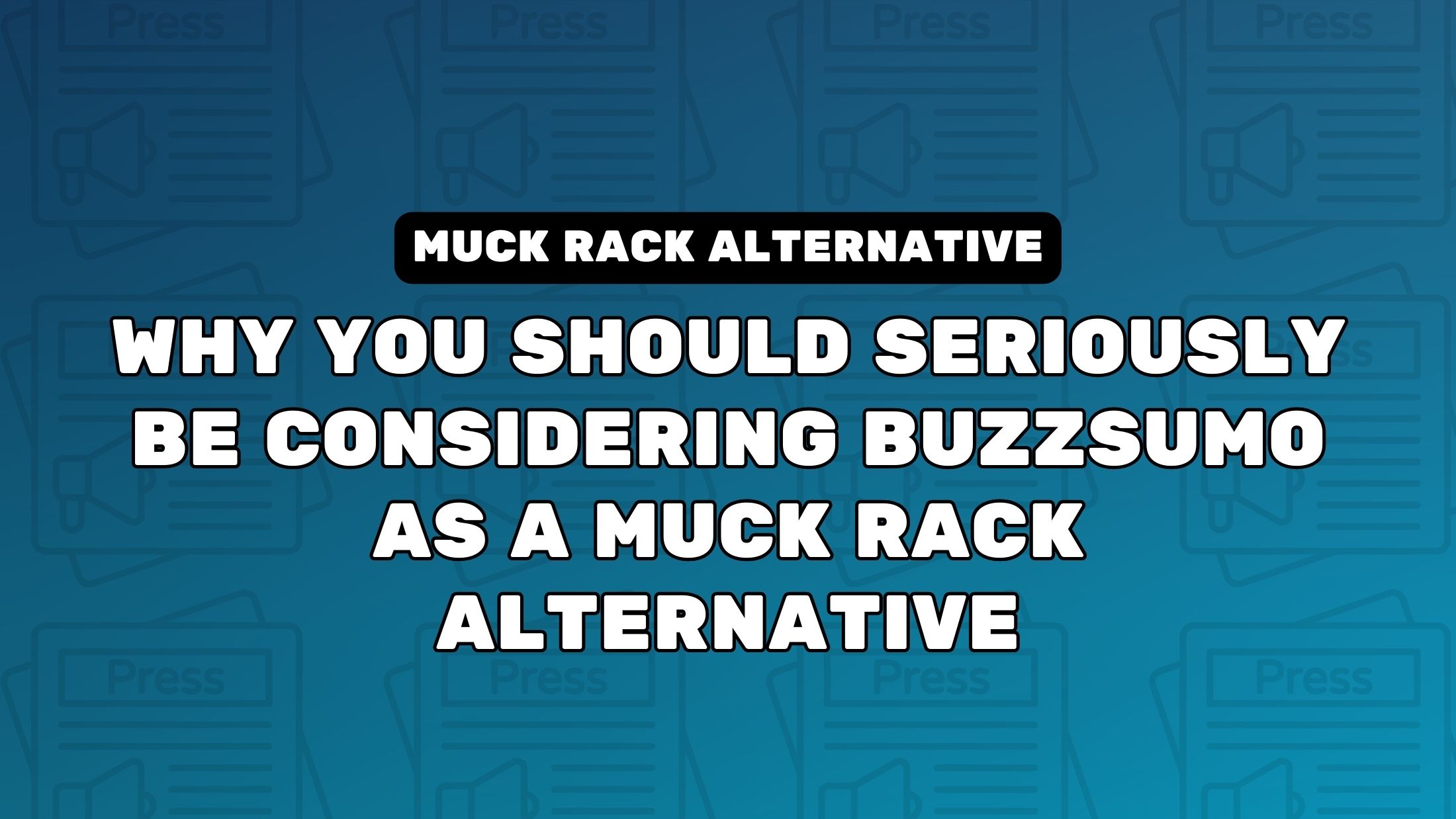
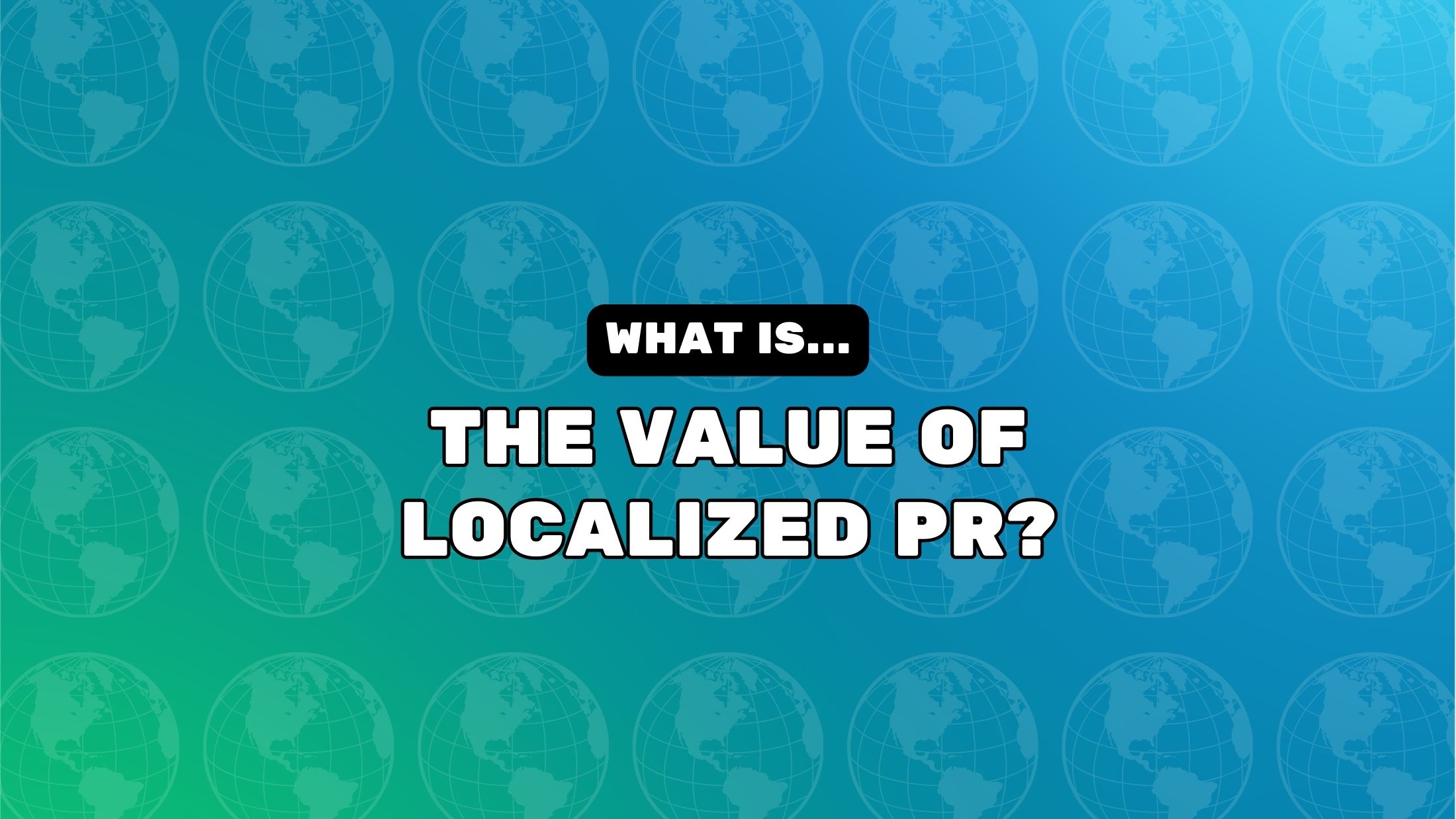







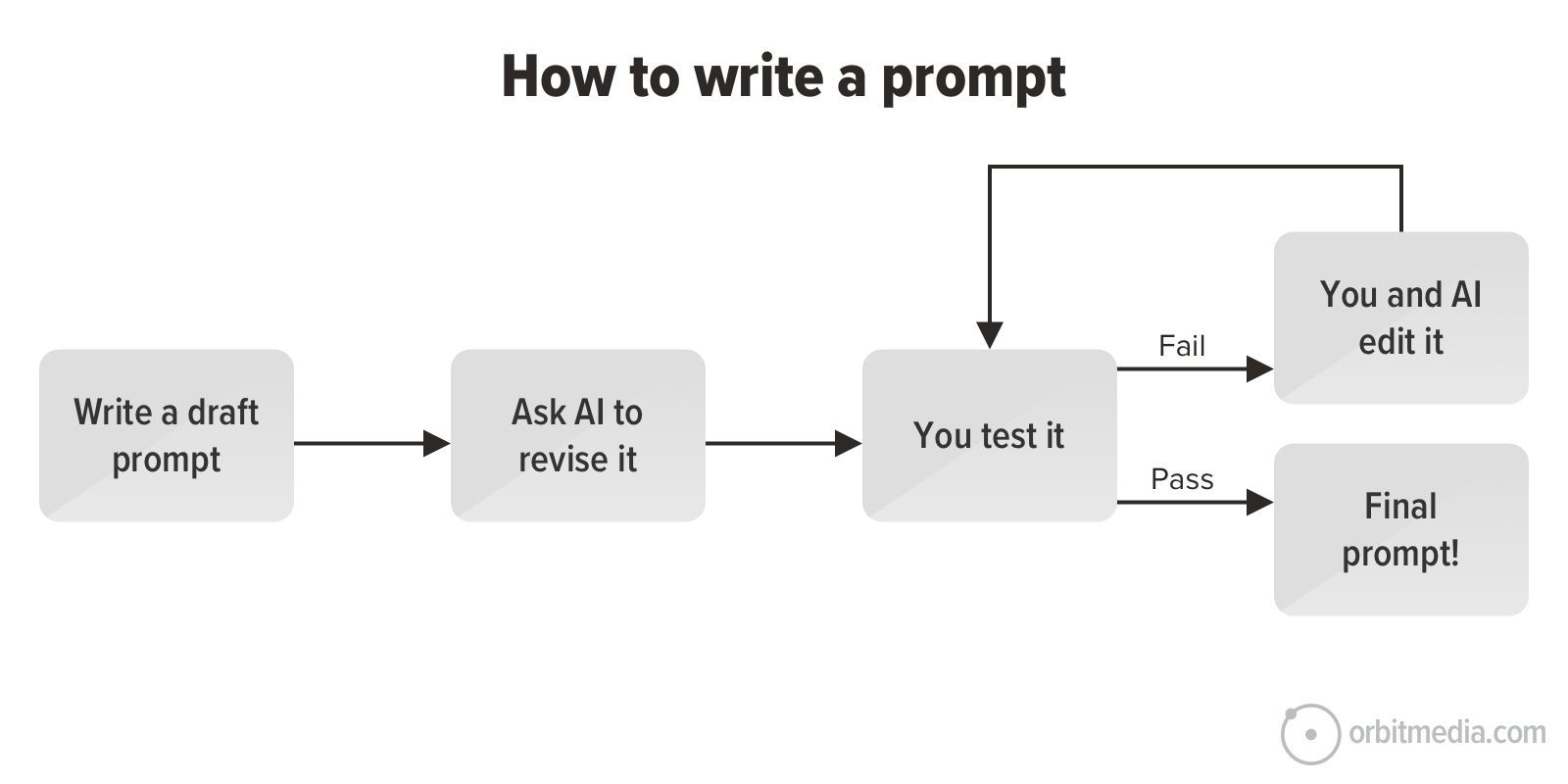
![How to Use GA4 to Track Social Media Traffic: 6 Questions, Answers and Insights [VIDEO]](https://www.orbitmedia.com/wp-content/uploads/2023/06/ab-testing.png)
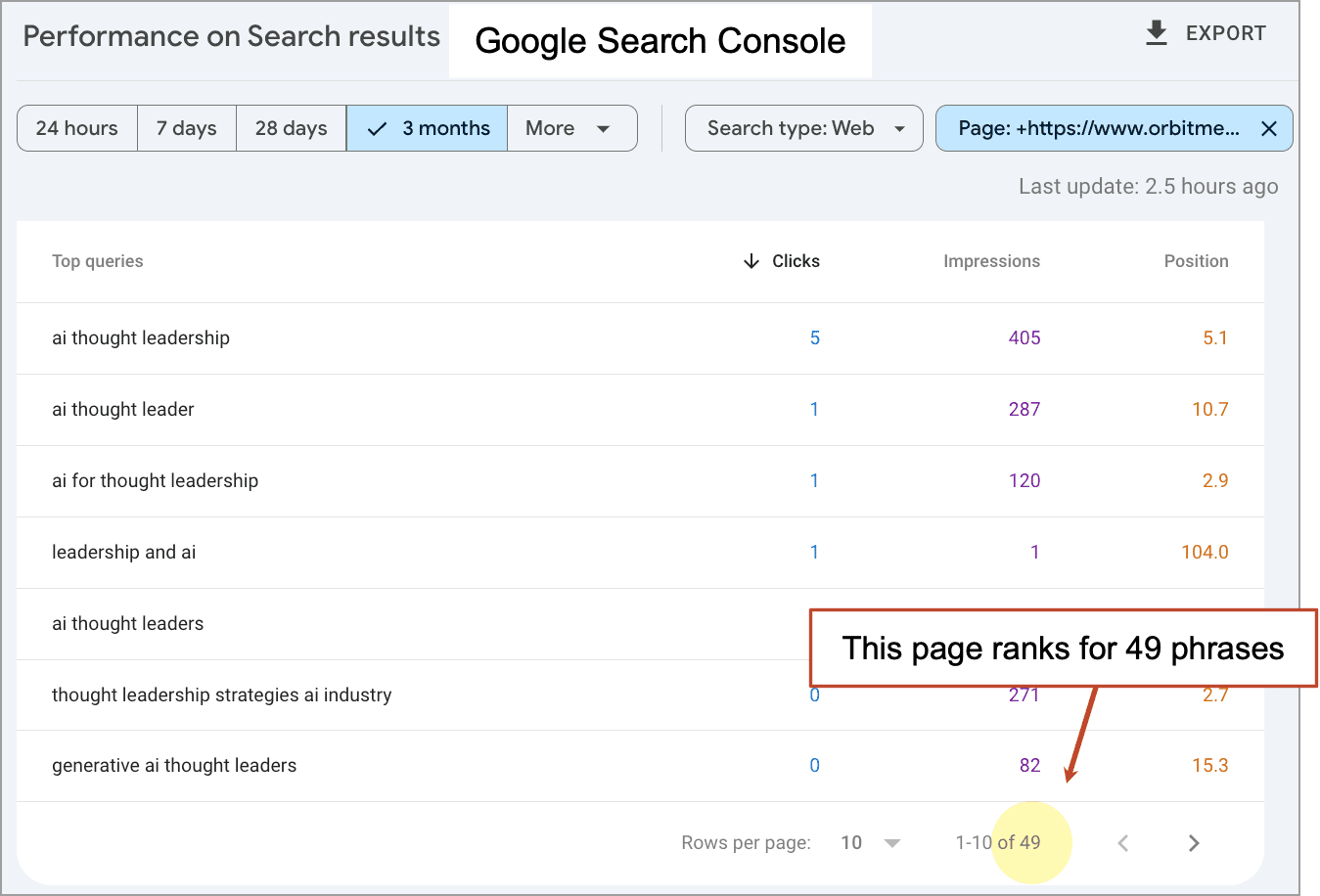


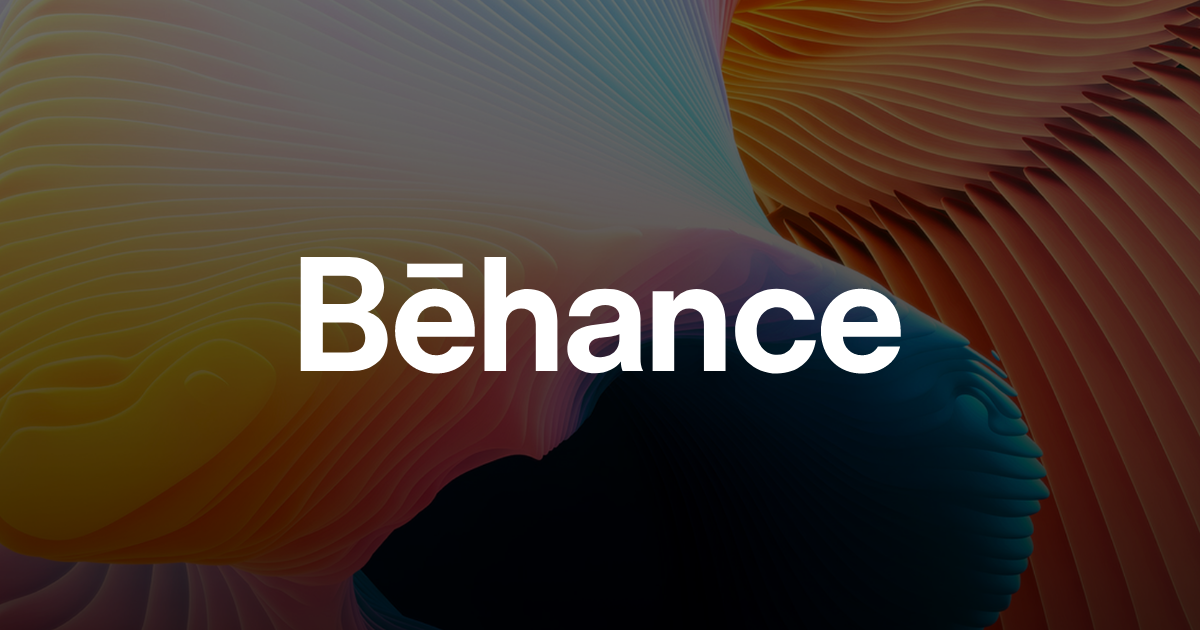
![[HYBRID] ?? Graphic Designer](https://a5.behance.net/cbf14bc4db9a71317196ed0ed346987c1adde3bb/img/site/generic-share.png)


